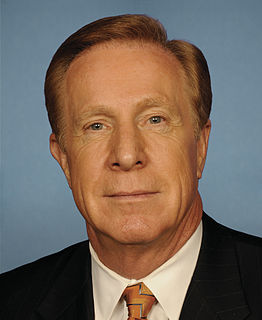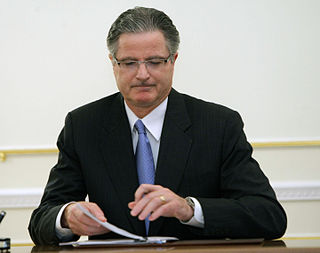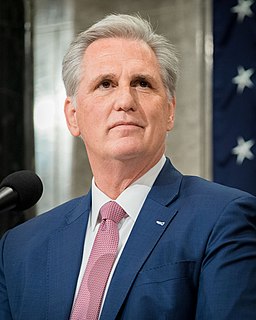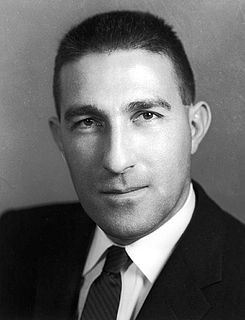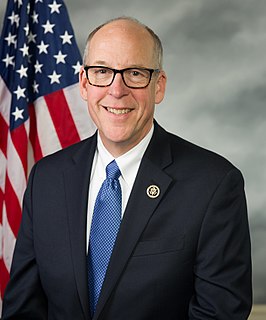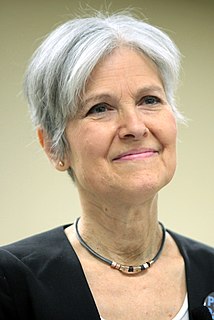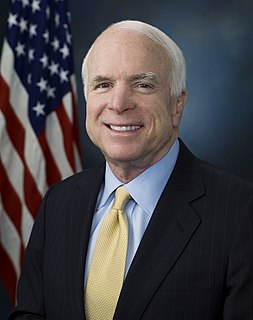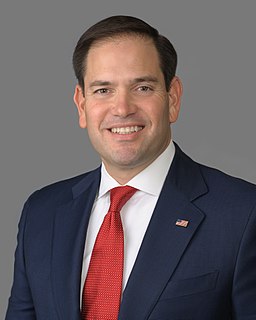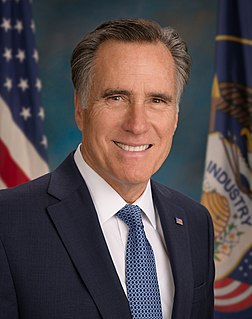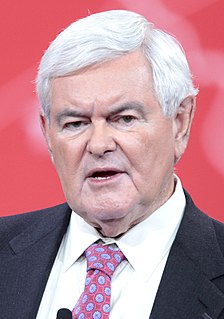A Quote by Gary Miller
The Asian nation's oil demand is expected to grow this year by 800,000 barrels per day and represents more than one-third of the total growth in global demand, according to the Energy Information Agency.
Related Quotes
About 75% of the price of gas is really dictated by crude oil. At the heart of the issue is increasing demand over a period of many years around the world. World crude oil consumption now is close to 90 million barrels a day. Most of the growth in demand is coming from China and the developing world.
I do believe that oil production globally has peaked at 85 million barrels. And I've been very vocal about it. And what happens? The demand continues to rise. The only way you can possibly kill demand is with price. So the price of oil, gasoline, has to go up to kill the demand. Otherwise, keep the price down, the demand rises.
Here in the United States we're now consuming about three gallons of petroleum per person per day. That's twenty pounds of oil per person per day. We only consume about four pounds of oxygen per person per day. We're consuming five times more oil each day, here in the United States than we are oxygen. We've become the oil tribe.
So on the demand side [for energy], there have been a variety of policies that globally have been way over $50 billion a year of tax credits, raising the price of electricity through things like renewable portfolio standards, so the total amount of money that's gone into sending a price signal to push up demand versus what would happen without it has been gigantic.
According to UNESCO: there are over 154 million children in the world deprived of education due to poverty, slavery, racism, religious extremism, gender discrimination, and geographical isolation. The cost to educate a child in the third world is about $ 1 per month per child. To achieve global literacy, the investment would be $ 8 billion per year for 15 years.
